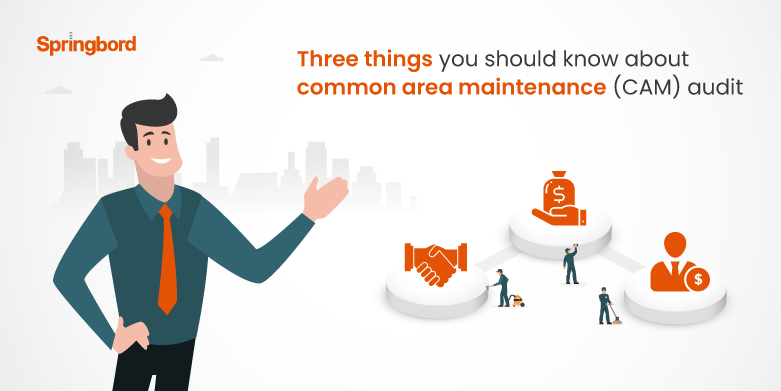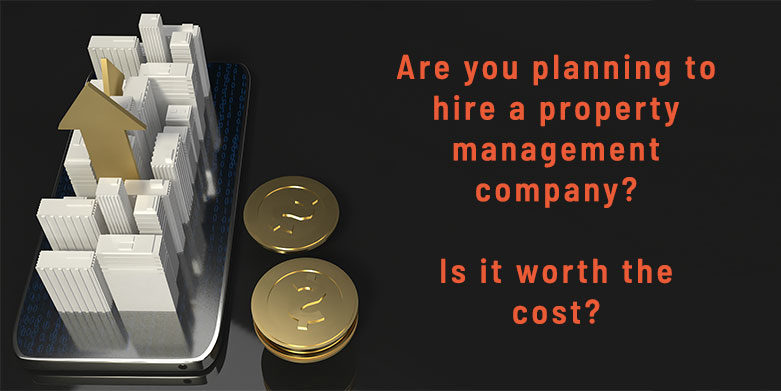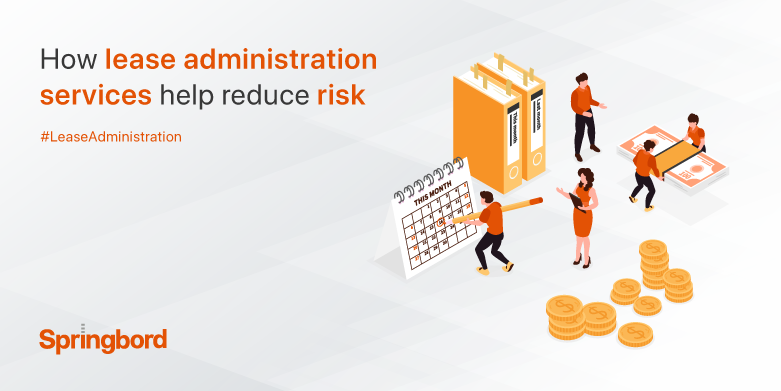 Read time 2 min
Read time 2 minCommercial lease tenants are required to pay pro rata share of the operating expense which is commonly known as common Area Maintenance (CAM) expenses. As tenants you have the right to verify whether or not you are being charged correctly. CAM audit is a process that can help you determine accuracy of charges and the way they are calculated.
CAM audit can help you uncover any wrongful practices, discrepancies, or miscalculations provided it is done professional services providers. That said, here are some tips that you can use as a tenant to avoid overpaying CAM charges.
Watch out for wrongful capital expenses
It is important to be aware of the costs that being passed on to you and whether or not they are in the scope of CAM expenses as mentioned in the lease contract. You need to look out for capital costs being include that are essentially landlord’s responsibility. It could be anything from repair, to improvement, you need to ensure it was not part of deferred maintenance that landlord is trying to realign. Check the legitimacy of these capital expenses by comparing them against your lease terms, not monitoring this could result in you being charged for something you are not liable to pay.
Negotiate cap limit
Negotiating cap limits is a great way to reduce the risk of high CAM costs. By negotiating and defining the expenses and setting a limit to the amount you are willing to pay against those operating expenses can help avoid the risk of overpayment and CAM disputes. Cap limit would also help avoid any increase in your pro rata share in case other tenant/s move out.
When in doubt conduct audit
CAM disputes are mostly bound by statute of limitations. Therefore, do not delay in conducting CAM audit if you think you are being overcharged but somehow cannot identify the source or the discrepancy. Delaying can make you not just lose your money but also the right to appeal and challenge landlord in some states. Outsourcing CAM audit at the right time can help contain not just avoid overpayment but reduce occupancy costs and lead to present and future cost savings.







